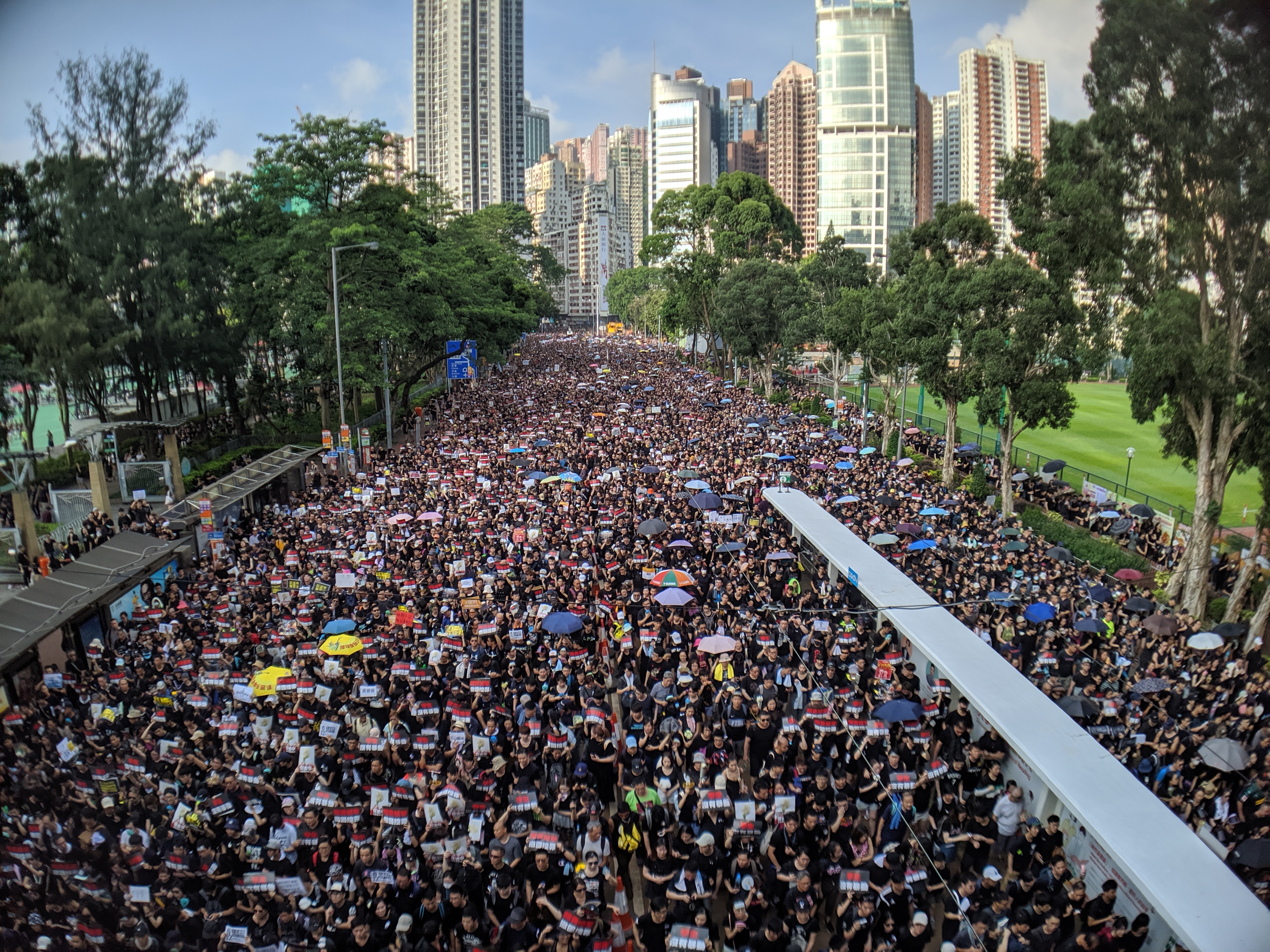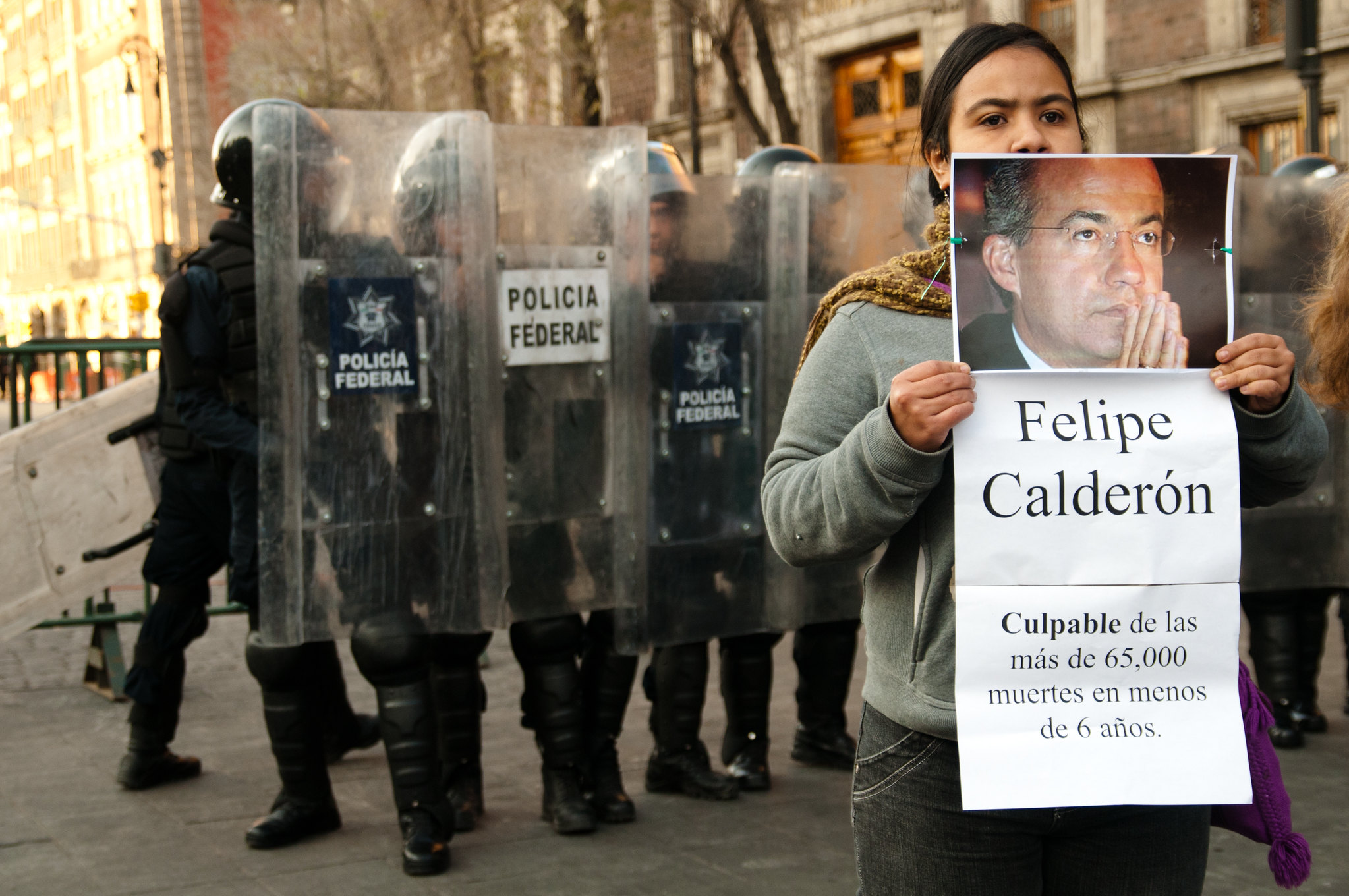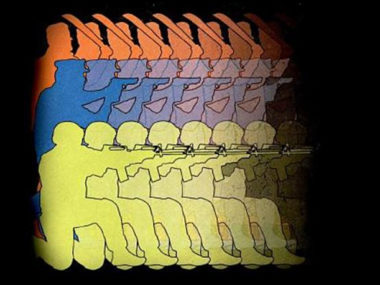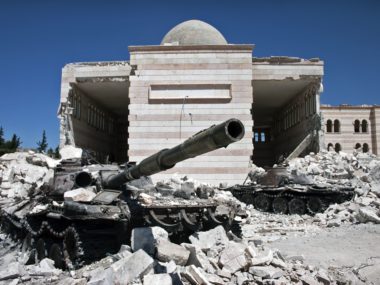About 2 weeks ago the New York Times (the once unparalled bastion of all things relevant in the world) published an article about fifty objects that capture the essence of New York over time. Included were things like the an old New York token and the little greek paper cups that you used to see all the time before the mermaid on the Starbucks logo took over. I thought it would be useful to undertake something similar for state repression, as there a great many objects that have come to symbolize/represent the concept. Rather than try to think of 50, however, I preferred to get the list started with 21 and see if you (what Hennessey Youngman likes to call “internet”) have any thoughts on the matter, which I am sure that you do.
The exercise was interesting not only because it revealed insights about the concept, but also because it revealed something about the cases predominant in my own thinking. As a result, organizing the list also provided insights into myself. I present them in the reverse order that they came to me:
21) Black Boots – This came to me as I thought about Nazis (which as an American, as well as an avid film viewer of American films, I think about at least three times a week). Immediately, I see these boots and think about the rest of the Nazi uniform. Interestingly, I immediately think of Doc Martens as representing something that directly counters the stylized, clean professional boot of the Nazi. Of course, neo-Nazis and skinheads used to wear these boots as well, so the idea is short lived.
20) German Shepard – Dwelling on the Nazis, while many will associate these aggressive dogs simply with Nazis, those familiar with the American Civil Rights movement will also associate them with white racists attacking African Americans.
19) Bars – This is simply referring to those used to confine political prisoners.
18) The Guillotine – Used to remove the heads of those who were believed to challenge the new political authorities; although associated with revolutionary France, this device was used in other countries as well.
17) Mace – Most recently we saw it used against sitting protestors at the University of California, but mace has been employed quite frequently against protestors from around the world. Intricately connected with what is referred to as “torture-lite”, mace is part of a new series of tactics used by authorities to control individuals engaged in behavioral challenges without leaving physical marks on the body or causing them irreparable damage.
16) The Pig – Popularized by the Black Panther Party, pig imagery was commonly used to describe police officers or anyone that assisted in the perpetration of inequality and social injustice.
15) Mirrored Glass – Remember the film Cool Hand Luke? How about the last time that you saw a traffic cop or an image of a police officer during the recent anti-NATO protest in Chicago? It’s the style that never goes out of style for the officer on the go.
14) Batteries with Cables – Frequently used to engage in more conventional methods of torture by shooting electricity through the human body.
13) Metal Table – One might see the slab with leather attachments to hold individuals down or occasionally with holes in them for air or other devices (like the battery leads mentioned above).
12) Swiveling Lights – You might think of this as a light used during an interrogation or an instance of torture. It swings back and forth on a cord and radiates starkly on the victim below.
11) Gun/Utility Belt – Just what the active repressive agent needs for all occasions: gun, flashlight, pepper spray, cuffs (metal or plastic), keys, radio, etc.
10) The Ovens – During the Holocaust Germans created these devices to eliminate more victims and also reduce the likelihood of resistance, bolstering their ability to enact their genocidal goals.
9) The Tank – Immortalized forever in Tiananmen Square, tanks have been used to suppress popular uprisings since their invention. Although commonly considered the domain of interstate war, tanks were commonly employed when more localized authorities felt overwhelmed.
8) The Poplar Tree – Used to lynch African-Americans, but others as well, especially during the mid-1800s through the mid-1900s. Billy Holiday sang about this in the early 1900s. One might not associate lynching with state repression, but the degree of government complicity in such activities were pretty significant.
7) The Riot Shield – These have increased in size over time, but they always bulletproof.
6) The Bug – This includes devices inside telephones, stuck behind walls, placed on individuals bodies that record what people say so that authorities can better understand what is taking place and respond accordingly.
5) The Cross – Yes, the one that Christ was nailed to and which represents one of the most widely seen mechanisms of torture used against political dissidents on the planet.
4) The Rack – This long piece of wood (the prototype to the metal slab) was used for long periods of time, principally in Europe.
3) Wingtip Shoes – It was rumored during the 1960s and 1970s that the best way to identify an FBI agent is to look down at their shoes: the FBI wore dress shoes, and the people that they were trying to infiltrate sneakers or sandals.
2) The Water Cannon – Used against African-American civil rights workers and other protestors from the 1960s onward. Less poplar now, but they were extremely prevalent at one time.
1) The Camps – There was a gate, several rows of buildings, guard towers, Nazis and occasionally train tracks and the ovens mentioned above. From research, we discover that there were not only death camps but work camps as well and that individuals frequently moved between different camps throughout World War II.
Thoughts?
Images by unknown photographer, unknown painter, and Jeff Widener and the AP; all via Wikimedia.










7 comments
police baton
Possible additions: (1) dissident file (e.g., FBI, Stasi and other intelligence and security services, police, prison system), (2) identity card (e.g., Rwanda) or pass (e.g., South Africa), (3) camera with telephoto lens, (4) billy club, (5) secret detention center, (6) helicopter (generally for monitoring, plus used in Argentina for tossing out disappeared dissidents into ocean and rivers), (7) kill lists/logs, and (8) poisonous/toxic substances and devices. Am wondering whether there are any objects that could reflect resistance to state repression — of your 21, only #16 might qualify. What about the photo “necklaces” of the disappeared that were popularized in Latin America?
I second detention centre (yes that’s the spelling where I come from), although in places like Singapore and Malaysia the not-secret-at-all detention centres are where poltical prisoners and suspected ‘terrorists’ are held indefinitely – and oftentimes arbitrarily – without trial or recourse to a fair and open hearing with official evidence brought forth.
These centres exist in the first place due to the respective countries’ Internal Security Act(s), or ISA. They’re much like the various Patriot Acts and anti-terrorism laws in the US, UK, Australia and other countries, except that in Singapore and Malaysia they are legacies of British colonialism, and so came much earlier. So actually, laws like the ISA facilitate the existence of these centres, which are ‘legal’ in the sense that they are provided for by the ISA, but extra-legal in the sense that there is no proper judicial oversight (in addition to many other problematic issues).
Checked name lists – from the Soviet archives the lists of those arrested in the 30s with Stalin’s checks against those to be executed
Another: mass graves.
Still another: the security cameras that have become ubiquitous in cities like London, for reasons that include surveillance.
Also, the South African police were notorious for using the sjambok, a whip in leather or plastic that looks a lot like a riding crop, when dealing with demonstrations and riots. Similar devices have a history linked to slavery and forced labor in places such as Indonesia and the Belgian Congo. See http://en.wikipedia.org/wiki/Sjambok.